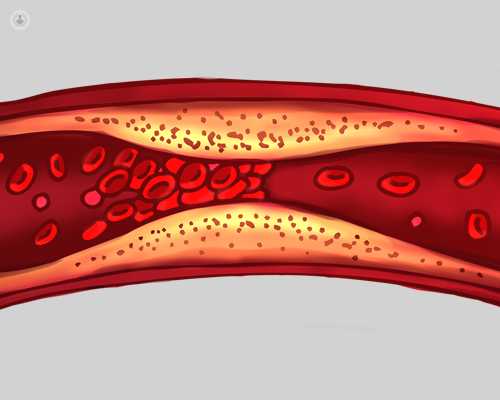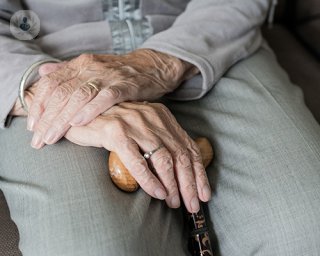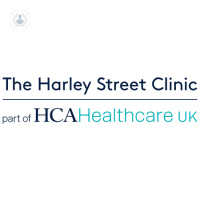Deep vein thrombosis (DVT)
What is deep vein thrombosis (DVT)?
Deep vein thrombosis is a blood clot that occurs in a vein. While it can form anywhere in the body, it is much more common to happen in the leg. It causes swelling, a red patch or an ache in the leg, and can be dangerous if the clot reaches a vital organ. It can be treated with anticoagulant medication.

What are the signs and symptoms of DVT?
DVT can be dangerous, so if you think you have it, you should get medical help as soon as possible. Symptoms include:
- A swollen leg (usually one, very rarely both)
- Painful calf or thigh that throbs or cramps
- The painful area is warm to touch
- Red or darkened skin around the area that is painful
- Swollen veins that are painful to touch
- Hard veins in the leg
These symptoms are not only restricted to your legs, they can appear anywhere in the body where the blood clot is.
Who is at risk of getting DVT?
You are more at risk of developing DVT if you:
- Are over 60
- Are overweight
- Have had DVT before
- Have varicose veins
- Are a smoker
- Are on the contraceptive pill
- Take hormone replacement therapy
You also have a risk of developing DVT if you are confined to bed for long periods of time or if you can’t move around very much for other reasons. Some people can be more at risk of this condition if they are sat down for too long (more than three hours) during journeys by plane, car or train.

Is DVT more of a risk in pregnancy?
DVT isn't common in pregnancy, but you're more likely to develop it at any stage of your pregnancy and up to six weeks after giving birth.
If you have a family history of blood clots, are over 35 years old, or are obese, your risk of developing DVT during pregnancy is even greater.
Furthermore, these things also increase the risk:
- If you've had a severe infection or recent serious injury, like a broken leg;
- If you have thrombophilia, which is a condition that makes having clots more likely;
- If you are pregnant with twins or multiple babies;
- If you've had fertility treatment;
- If you're going to have a caesarean;
- If you smoke;
- If you have varicose veins that are severe;
- If you are dehydrated.
Treatment for DVT, which can comes in form of injections, is essential but you can also manage it by doing various things, which include staying as active as possible and wearing prescribed compression stockings.
It isn't known whether there is a higher risk of developing a DVT while travelling and pregnant, but you can reduce any changes by staying hydrated, performing simple leg exercises like regularly flexing your ankles and walking about your mode of transport when it's safe to do so.
How is deep vein thrombosis diagnosed?
You will normally have an ultrasound done so that a doctor can see if the blood is flowing normally through the vein. Some people have an X-ray done instead. A dye is injected into the body so that a doctor can see the blood flow easier.
What treatment is available for DVT?
DVT treatment usually consists of taking anticoagulant medication, also known as blood thinners, which you will probably take in tablet-form for the next three months. If your doctor thinks this isn’t suitable, you might have to have a filter put into the vena cava vein to prevent it from reaching your heart and lungs.
There is a newer treatment available which involves breaking up and removing the clot through the use of a small tube that is guided through the vein.

What happens after initial deep vein thrombosis recovery?
After receiving treatment, you will need to make some lifestyle adjustments to help you recover and prevent it from coming back. It is advised that you walk frequently, try to raise your leg when you are sat, and not travel on a plane until your doctor tells you it is safe to do so. You should also work towards maintaining a healthy weight, staying active, and drinking plenty of fluids in the long term.
Which specialist treats DVT?
Specialists that treat deep vein thrombosis are haematologists and vascular surgeons.
You may be referred to a haematologist who can manage bleeding and clotting issues, such as blood-clotting disorders, while a vascular surgeon can remove clots.
















